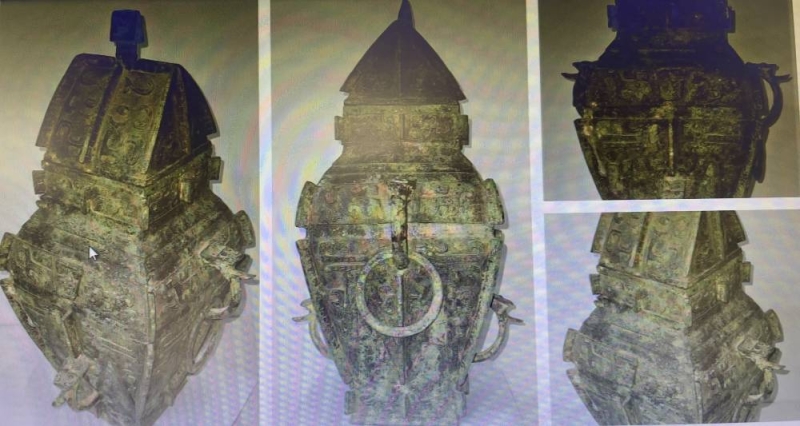Jhuma tradition on in Muktinath
Jhuma tradition on in Muktinath
Published: 12:00 am Mar 09, 2006
Muktinath (Mustang), March 9:
Across the Himalayan ridge a temple that attracts both Hindu and Buddhist pilgrims is still carrying on a unique tradition of offering girl children to the god. Some 25 women of different age groups are living in the solitary mountainous shrine, committed to serve the shrine for the rest of their lives.
The 500-ropani area of the sacred Muktianth, also known as “Chhemi-ghyarcha”, is situated at the height of 3,750 metres, which is at around seven hours’ walking distance from the nearest Jomsom Airport. The hill is unusually green with trees and grasses, though it lies in the middle of a desert-like high altitude topography.
The Muktinath temple and surrounding three nunneries are taken care of by the Jhumas, or the Buddhist nuns, offered by the local ethnic communities from surrounding villages of Jharkot, Khingar and Purangm, to serve the temple for the whole of their lives. The age-old tradition of offering Jhuma to the temple has been misunderstood by city-dwellers, according to the locals, who refused to tell anything about the tradition.
A 14-year-old girl, Chhunjum, joined the clan of Jhuma three years ago from the neighbouring village of Jharkot and now lives in Sangdo nunnery. “Generally, parents send their second daughters to the temple for learning about Buddhists and also having opportunity of further studies,” she said. She assists elder nuns in daily prayers while the rest of the time she studies about religion. “We also get opportunities to visit different monasteries in the capital where we are also taught Nepali, English and other subjects,” she said.
Her parents visit her frequently, mainly on full-moon nights, when they visit the temple for worshipping and she also visits her home frequently. “I’m happy here. I get chance to meet new people and learn more.”
However, human rights and women’s rights activists take Jhuma tradition as a violation of women’s rights. In September 2002, a left leader, Bidhya Bhandari, announced that her organisation would fight against the tradition. Thin Bahadur Lama, a local pilgrim in his 60s, said city dwellers make “unnecessary stories” about Jhumas without studying about them.
“One or two of the Jhumas might have taken wrong path. But most of them are in routine. And it is not necessary for them to spend the rest of their lives here, he said adding that one should learn to respect other people’s religion and tradition.
Hindu priest, Krishna Prasad Subedi, who is from Myagdi district, said that the Jhumas only clean and take care of the temple, without commenting on their social lifestyle.





